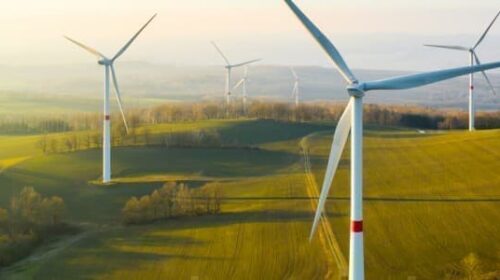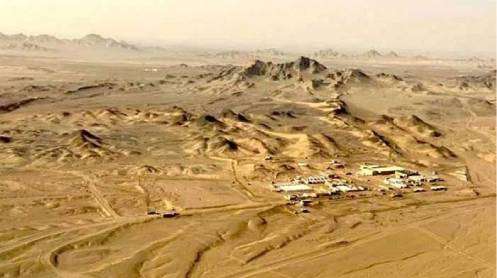The energy crisis that began last year in Europe and dramatically escalated following the EU response to Russia’s invasion of Ukraine has seen many in government worry about the survival of the continent during the winter.
Yet not all see such a bleak picture. In fact, some believe that not only is the worst over for Europe but that the crisis actually did the EU a favor. That favor took the form of accelerating the buildout in renewables and the restart of hydrocarbon-fueled power plants.
This take, which is certainly not very common right now, came from one investment manager, Per Lekander, who is managing partner at a firm called Clean Energy Transition LLP. Speaking to CNBC this week, Lekander said that Russia had, in fact, very little to do with Europe’s crisis, and it could even be said Vladimir Putin did Europe a favor.
“This [the crisis] is the consequence of long term under investments in conventional, long term red tape in renewables and then these political closures of nuclear, coal, lignite, etcetera,” Lekander told CNBC.
He then went on to add that the measures that European countries took after Russia began responding to EU sanctions by reducing gas flows went a long way toward ensuring that the continent would survive this winter.
Energy demand reduction was one of these measures, according to the financier, and returning to hydrocarbons for power generation was another. A third one was the planned reduction in red tape in wind and solar power system construction—obstacles that these two industries have been complaining about for years.
It could be argued that this energy demand reduction that has allowed Europe to save on gas was a result of exorbitant prices rather than any voluntary change in energy consumption behavior patterns.
Related: Oil Slips On Large U.S. Inventory Build
Indeed, millions of people across the continent are being hit with electricity bills that are substantially higher than last year’s bills because of the international gas price inflation caused by the tightening of supply following the EU sanctions on Russia and Russia’s easy to predict response. The sabotage of Nord Stream added to this tightening and pushed prices higher.
Another reason for the lower demand was the warm European autumn, as many noted at the time. As the weather was warmer than usual, people’s heating needs were lower. Yet now that winter proper has begun and the cold is settling in, consumption will increase, whatever the price of gas.
Indeed, the worst might not be over. The Guardian reported this week that Germany was at risk of gas shortages because it had failed to hit its consumption reduction target. The reason it had missed it—the target is 20 percent of consumption—was the colder weather last week, the head of the country’s energy regulator said.
The European Union last month approved a gas consumption reduction target of 15 percent, but Germany was more ambitious because of its high reliance on the commodity. Whether the rest of Europe would be able to hit the 15-percent target is yet to be seen because, as Klaus Mueller said, “With temperatures of -10C [14F], gas consumption shoots up dramatically.”
Meanwhile, the other silver lining of the crisis, per Lekander, is the facilitation of wind and solar power capacity additions. Because Europe is in urgent need of finding new sources of energy and wind and solar seem like the most logical choice, the authorities in Brussels are going to make it a lot easier to boost generation capacity. Yet this is also not without its problems.
There is severe cost inflation in critical minerals and metals, and it’s a trend that is only going to accelerate in the coming years, driven by higher demand for these metals and minerals stemming from legislation of the sort that the EU has approved for wind and solar.
Meanwhile, wind power developers are reporting losses and worrying about competition from Chinese firms, and the European solar industry is overwhelmingly dependent on Chinese panels, which is not something the EU is particularly happy with and is looking to change, which could affect the supply of these panels.
Yet the biggest concern for most observers is that next winter will be even harsher than this one. This year, European countries managed to stock up on Russian gas before flows declined dramatically.
Next year, these flows will remain subdued, meaning Europe will need to find a lot more gas from alternative suppliers. It is no wonder the EU is already preparing for next winter, discussing joint gas buying and getting a shoulder from the IEA with a set of measures aimed at securing enough energy for the next heating season.
Unfortunately, demand reduction is a big part of these 2023 winter energy consumption management plans, And while it is easy to consume less energy in the summer, especially in the cooler parts of Europe, it is not that easy in the winter without adverse effects on people’s health and wellbeing.





